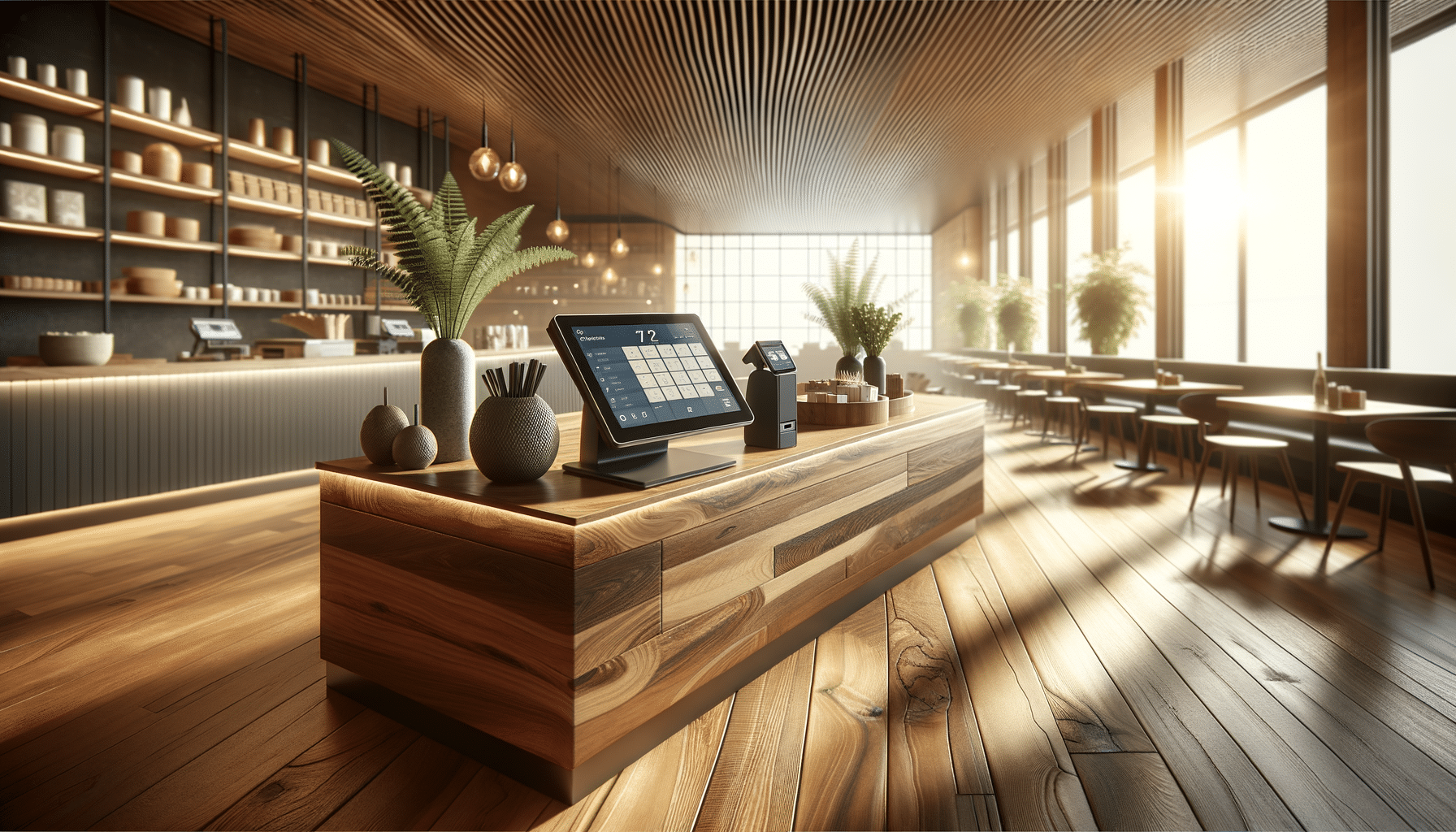
Explore More About Inventory Management Software For Restaurants
Introduction to POS Software for Restaurants
In the dynamic world of restaurants, efficient operations are key to success. One crucial tool that has transformed the way restaurants manage their daily activities is Point of Sale (POS) software. This technology goes beyond just processing transactions; it integrates inventory management, customer relationship management, and data analytics, making it a powerful ally for restaurateurs. Understanding the various facets of POS software can help restaurant owners optimize their operations, reduce costs, and enhance customer satisfaction.
The Role of POS Software in Inventory Management
Inventory management is a critical component of running a successful restaurant. POS software offers a streamlined solution for tracking, ordering, and managing stock levels. By providing real-time data on inventory usage, it helps in reducing waste and ensuring that popular items are always in stock. This capability is particularly beneficial for restaurants with large menus or high turnover of ingredients. Key features of inventory management within POS systems include:
- Automatic stock level updates with each transaction
- Alerts for low stock to prevent shortages
- Integration with suppliers for seamless reordering
- Detailed reporting on inventory trends and costs
By utilizing these features, restaurant managers can make informed decisions, prevent over-ordering or under-stocking, and ultimately save money.
Enhancing Customer Experience with POS Software
Customer satisfaction is paramount in the restaurant industry. POS software plays a significant role in enhancing the customer experience by speeding up service and personalizing interactions. With integrated customer relationship management features, POS systems can store customer preferences, track loyalty programs, and offer personalized promotions. This not only helps in building a loyal customer base but also in attracting new patrons through positive word-of-mouth. Additionally, features such as tableside ordering and mobile payment options expedite the dining experience, reducing wait times and increasing customer satisfaction.
Data Analytics: Driving Decisions with POS Software
In today’s data-driven world, the ability to analyze and interpret data is invaluable. POS software provides restaurant owners with detailed analytics on sales trends, peak hours, and customer preferences. These insights can guide strategic decisions such as menu adjustments, staffing schedules, and marketing campaigns. For example, identifying the most popular dishes can help in menu optimization, while understanding peak dining times can assist in efficient staff allocation. The analytical capabilities of POS systems empower restaurateurs to make data-backed decisions that enhance profitability and efficiency.
Choosing the Right POS Software for Your Restaurant
Selecting the appropriate POS software is a critical decision that can impact a restaurant’s success. Factors to consider include the size of the restaurant, the complexity of the menu, and the level of customer interaction desired. A good POS system should be user-friendly, scalable, and offer robust support and training. Additionally, it should integrate seamlessly with other restaurant management tools and offer mobile compatibility. By carefully evaluating these aspects, restaurant owners can choose a POS system that aligns with their operational needs and enhances their business operations.
Conclusion: The Future of POS Software in Restaurants
As technology continues to evolve, POS software will play an increasingly integral role in the restaurant industry. Its ability to streamline operations, enhance customer experiences, and provide actionable insights makes it an indispensable tool for modern restaurateurs. By embracing this technology, restaurant owners can not only improve their current operations but also position themselves for future success in a competitive market.

